How to get back flexibility for dancers
How to Improve Back Flexibility for Ballet Dancers
In dance and especially in ballet, not having a flexible back is whack. Plain and simple. You’ve probably heard the phrase, “work your core” or “keep your center” from your dance teachers over and over, but where exactly is your center? It’s not just your abs!
You might have thought working out your core only meant squeezing your abs while you’re at the barre and doing some planks and crunches in center, but your core includes your back too! Any professional dancer will tell you how important it is to stretch your back. Considering all of the flexibility and strength you need to do ballet comes from your core, it might be time to give your back the love and care it deserves.
Exercises to Improve Back Flexibility for Ballet
Here are some exercises to improve back flexibility!
Warm up your back and core
First, it’s important to stretch out your back muscles before doing any type of workout.
To start, get on your hands and knees and arch and curl your back a couple times through. Then stretch out your legs flat on the ground and use your hands to push yourself up into a cobra pose. To further warm up your back muscles, lift yourself into a half cobra pose, and take your hands off of the ground. Now, do the reverse, resting your head on your hands and this time lifting your feet off the ground. Make sure the feet are pointed! This is a great exercise to help with your arabesque.
Work the upper back
Lying on the floor, just as you were for the arabesque stretch, lift your legs, with the feet pointed, and arms stretched out in front of you. Lift your arms and legs off the floor at the same time. Sweep the arms behind you and then lower back to the floor.
Repeat and feel the burn.
Leg pulses are great to help improve back flexibilityLengthen your leg to as high as you can go, but don’t force it to go higher than is comfortable and then pulse your legs! Returning to the floor with the head rested on the arms, lift your leg off the floor, feet pointed, and pulse. Repeat on the other side.
Repeat on the other side.
Just keep swimming
Still laying on the floor, lift both your legs and arms at the same time, really squeezing your lower back muscles, and make a swimming motion! If you get tired, just keep swimming! It’s all in the name of prettier lines.
Breathing is essential for back flexibilityTake a break with the child’s pose, stretching back onto your feet with the arms out in front of you.
Work your core for ballet flexibilityBack on your hands and knees, lengthen your left arm in front of you and right leg behind you. Now pulse both at the same time, but keep your center intact! This is to work your arabesque, so a solid core is key to a good workout and a good arabesque!
Switch sides and remember to lengthen and lift!
Arabesque for ballet back flexibiiltyNow that you’ve done some exercises to work out your back and your entire core, try doing some arabesque! Even if you don’t have a barre, you can use a chair at home. Face your barre or kitchen chair with your hips squared and toe pointed behind you, lifting up into an arabesque and then returning back to the standing leg. You can do this ten times through on each side. According to Healthline, this is a great stretch for both dancers and non-dancers, so be sure to pass it on to your non-dancer friends who want a stronger back! Take care that the supporting leg is straight and you’re not bending it in order to get the full stretch and employ your technique! If you practice with bad technique, it could end up hurting more than helping.
Face your barre or kitchen chair with your hips squared and toe pointed behind you, lifting up into an arabesque and then returning back to the standing leg. You can do this ten times through on each side. According to Healthline, this is a great stretch for both dancers and non-dancers, so be sure to pass it on to your non-dancer friends who want a stronger back! Take care that the supporting leg is straight and you’re not bending it in order to get the full stretch and employ your technique! If you practice with bad technique, it could end up hurting more than helping.
Cool down the same way you warmed up by arching and curling your back. Then finally, relax into the child’s pose once again. Practice this workout and you’ll be bending over backwards at the barre in no time!
Final Thoughts: Improve Back Flexibility for BalletIt can be hard to gain flexibility, but not impossible! Unfortunately, if it doesn’t hurt then it’s not doing the job, so it takes a little pain to stretch your back to its fullest point, but in the long run it’ll make you that much better! Push through, listen to your body, and watch yourself slowly get more and more flexible each and every day.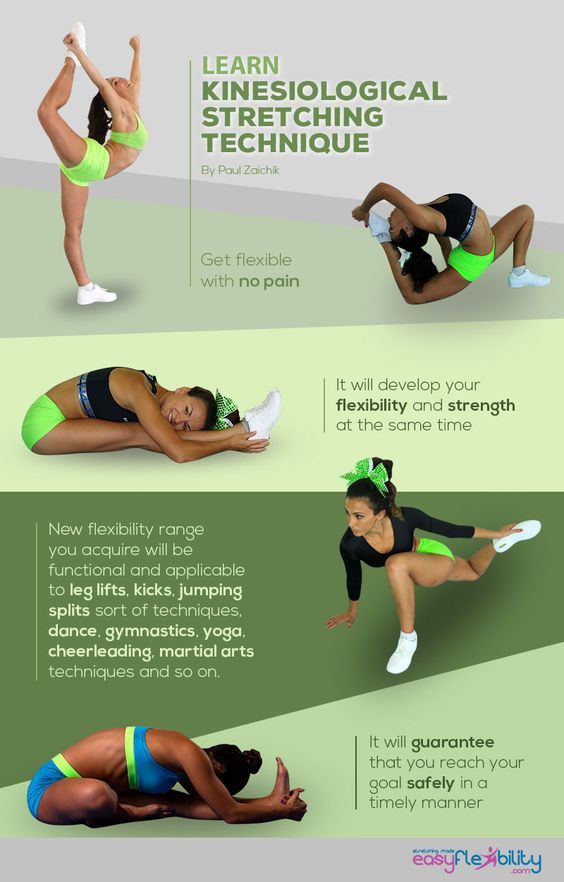
For more exercises to improve flexibility and strength at the ballet barre, click here for all of our ballet exercise articles!
Boost Your Back Flexibility With These 3 Exercises
As choreography becomes increasingly demanding, dancers must adjust their flexibility and strength to match. One major aspect of 21st-century ballet is a pliable back. Michelle Rodriguez, MPT, OCS, CMPT, founder and director of Manhattan Physio Group, and her colleague Sarah Walker, DPT, recommend these exercises to build a balance of fluidity and support in the spine. If you dream of dancing work by the likes of William Forsythe and Wayne McGregor, these are for you.
You’ll need:
- a barre
- a physioball
- a foam roller
- a yoga mat
Standing Hip Extension
Photo by Nathan Sayers for Pointe. Modeled by Hannah Seiden.
1. Stand in parallel as shown. Relax the shoulders and ribs and maintain a neutral pelvis.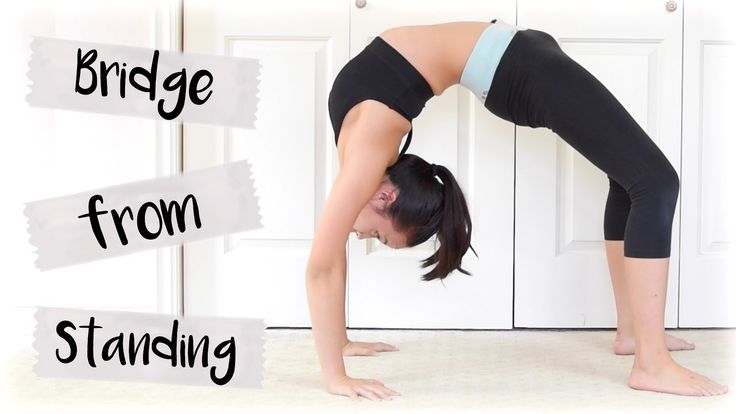 To stabilize your trunk, draw your abdominals in and think of lifting the pelvic floor up. Lift up through your arch and inner thigh and imagine a long line from the sitz bone to the heel.
To stabilize your trunk, draw your abdominals in and think of lifting the pelvic floor up. Lift up through your arch and inner thigh and imagine a long line from the sitz bone to the heel.
2. Keeping your pelvis and entire spine square to the barre, push the ball out with your glutes, lengthening into a low, turned-in arabesque. As you move, reach your head toward the ceiling to avoid sinking in the spine.
3. Slowly draw the ball back in, keeping your trunk lengthened.
Reps: Do 10 times on each leg, 4 times per week during your pre-class warm-up.
Expert advice: Elongating the space between the hips and spine trains the body to support flexibility of the spine during activities like arabesque. It also protects the back from overusing certain muscles, which can actually lead to decreased flexibility.
Rolling Out the Thoracic Spine
Photo by Nathan Sayers for Pointe. Modeled by Hannah Seiden.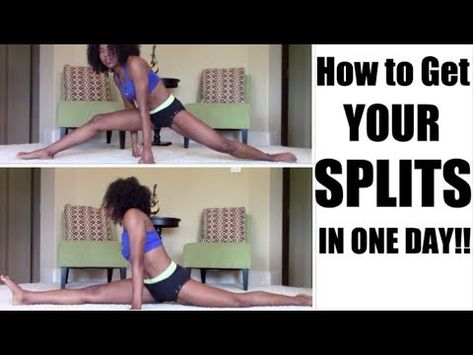
1. Lie over the roller with your hands behind your head and knees bent with feet on the floor.
Photo by Nathan Sayers for Pointe. Modeled by Hannah Seiden.
2. Lift your hips into a small bridge and gently walk backwards and forwards to move your spine over the roller. Limit the rolling to your thoracic spine, from the base of your shoulder blades to the bottom of the rib cage.
Photo by Nathan Sayers for Pointe. Modeled by Hannah Seiden.
3. When you reach a stiff area, lower your hips and arch your head and chest over the roller. Pause for 2–3 deep breaths.
Photo by Nathan Sayers for Pointe. Modeled by Hannah Seiden.
4. Slowly contract your core to come out of the arch before moving on to the next tight spot.
Reps: Do 5 complete rolls through the thoracic spine, pausing as needed. Repeat 3–5 times weekly to encourage spinal mobility.
Hip Flexor Stretch
Photo by Nathan Sayers for Pointe. Modeled by Hannah Seiden.
1. Kneel on your right knee, and tuck your pelvis under by lifting the pelvic bone up towards your nose. Squeeze the glutes on your right side and hold on to a chair, barre or wall for stability.
Photo by Nathan Sayers for Pointe. Modeled by Hannah Seiden.
2. As you lunge, reach the right arm up and over toward the other shoulder, similar to a side cambré.
Reps: Hold for 2 sets of 30 seconds before switching legs. Do twice daily when warm.
Expert advice: Depending on how tight you are, you may feel the stretch in your hip flexor at any stage. Try not to lunge too far forward or you may miss the stretch. This exercise promotes mobile hip flexors, which are key to a healthy, flexible spine.
types of flexibility and basic stretching exercises
Contents
A flexible body, elastic muscles and mobile joints are the key to beauty and health at any age. Flexibility is not only innate, but also an acquired quality. Without a doubt, every dancer should have it.
Flexibility is not only innate, but also an acquired quality. Without a doubt, every dancer should have it.
What is flexibility
Flexibility is the ability of the body, namely muscles, ligaments and joints, to give maximum amplitude in various movements and physical exercises.
The flexibility of the body depends on genetics, the structure of the joints, the elasticity of the tendons. This indicator is also related:
- with age. Children and adolescents tend to be more flexible than adults;
- with floor. Women are naturally more flexible than men;
- with the level of physical fitness and fitness.
Types of flexibility as it happens
There are several varieties:
- Dynamic flexibility is the maximum possible range of motion in a joint without any outside help. For example, standing against a wall, the athlete raises the leg to the highest possible level and holds it for several seconds.
 Also, the dynamic view is fixed when performing exercises, for example, with swings; nine0015
Also, the dynamic view is fixed when performing exercises, for example, with swings; nine0015 - Passive (static) flexibility always exceeds active dynamic. It is achieved with an external impact on the joint. For example, the athlete or his partner holds the raised leg with the hand in maximum amplitude;
- Special refers to the mobility of specific joints. Different sports and dances require different levels of joint mobility;
- Anatomical. Habitual daily movements in terms of joint mobility are very limited. Use of the reserve of pledged flexibility up to 95% occurs only during special classes;
- Excessive flexibility is dangerous, as the stability of the joint is lost and the maximum stretching of muscles and ligaments is reached. This is fraught with injuries (dislocation, rupture, sprain).
Sign up for a trial lesson
Why flexibility is important for dancers
Good flexibility is the key to beautiful amplitude movements and speed of changing positions
A flexible body is more responsive, plastic and enduring.
Good amplitude in the work of all joints gives excellent coordination between all parts of the body. nine0003
These motor indicators are extremely important in dance. Movable joints and stretch-responsive muscles make the body supple, able to quickly perform complex movements and ligaments.
Flexibility can be improved by regular stretching.
What exercises help to develop flexibility
Stretching (from the English "stretching") always begin with a quality warm-up of the whole body. Pulling muscles and ligaments is possible only in a heated state. To do this, it is enough to perform a warm-up of 2-3 dynamic exercises, involving all the main joints. nine0003
Flexibility exercises:
- Neck . Grab your head with your right hand and press your ear against your right shoulder, stretching the left side of your neck. Lock the position for 30 seconds. Repeat with your left hand.
- Spine, thoracic .
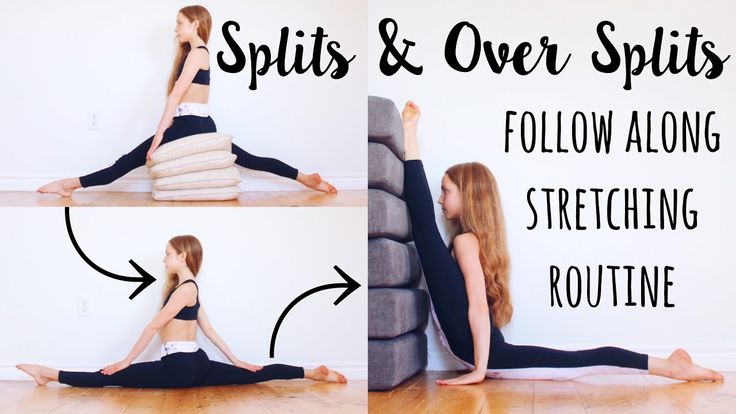 Starting position on all fours. Bend your back down and lift your head up, remaining in the position for 10-15 seconds. Arch your back up, lowering your head down. Hold the position for another 15 seconds. Repeat several times at a slow pace. nine0071
Starting position on all fours. Bend your back down and lift your head up, remaining in the position for 10-15 seconds. Arch your back up, lowering your head down. Hold the position for another 15 seconds. Repeat several times at a slow pace. nine0071 - Spine, back of thighs . An exercise from the arsenal of yoga "Downward Dog". Place your feet and hands on the floor shoulder-width apart and bring them closer until you reach the body in an inverted V. The foot is completely on the floor, legs are straight. For greater effect in position, you can sway slightly, creating a arch in the back.
- Spine, core muscles . Lying on your stomach, bend your knees, bring your feet to your buttocks. Wrap your arms around your feet and pull your legs back and up. The thoracic spine takes the maximum deflection. The position is fixed for 20-30 seconds. nine0071
- Hip Extension . Lunge forward with your right foot and shift your weight onto it.
 Tilt your body forward and lean on your elbows. Maintain the position for up to 30 seconds. Repeat with the other leg.
Tilt your body forward and lean on your elbows. Maintain the position for up to 30 seconds. Repeat with the other leg. - Lateral Thigh Extension . Sitting on the floor, spread your legs as wide as possible. Place your body and arms on the floor as far as possible. Stay in position for up to 30 seconds.
Tips from experienced choreographers for stretching
Flexibility exercises are performed at a calm pace, the muscles are stretched until a slight tolerable pain appears. In each position, you should stay up to 20-30 seconds, holding the maximum amplitude of the stretch.
For general flexibility development, it is enough to stretch 1-2 sessions per week as a small addition to the main workout. The presented set of flexibility exercises is one of the possible options for this form of training.
If increasing the flexibility of the body is the main task, then it is worth doing stretching in the format of a full-fledged lesson. We recommend starting stretching under the guidance of an experienced instructor. nine0003
We recommend starting stretching under the guidance of an experienced instructor. nine0003
Benefits of working with a coach:
- safety : no risk of injury;
- effectiveness : the coach selects the exercises based on the physical data of the student;
- speed : a professional instructor uses techniques to achieve maximum results in the shortest possible time.
The dance studio "La Boca" is open for stretching and stretching. Classes are conducted by a professional ballerina Victoria Krivtsova and an international master of sports in Latin American dances Olga Dubravina. Lessons are held in small groups and with an individual approach to everyone. nine0003
Sign up for a trial session and experience the benefits of stretching with a professional.
How important it is to be flexible for dancers (and not only)
How important it is to be flexible for dancers (and not only)
How important it is to be flexible for dancers (and not only for them)
Today, many people dream of a beautiful stretch, and especially splits, and not only those who practice dancing. The studios and online stretching courses that have appeared in a large number actively support this trend. nine0141
The studios and online stretching courses that have appeared in a large number actively support this trend. nine0141
But how important is it to have a good stretch if you are dancing? Is it possible to start p ole dance if you are absolutely wooden, and will a good stretch help in social dancing? About this, and also about why everyone wants the cherished twine so much, what obstacles can be on the way to flexibility and how to prolong youth, "Plyas" talked with Anastasia Lan, a stretching teacher, and Artem Bagdanov, the founder of the largest publics about dancing and stretching in VKontakte and the founder of an online school for the development of flexibility. nine0141
August 31, 2020
Anastasia Lan
Artem Bogdanov
How important is it to be flexible when you start dancing?
Anastasia: It is not necessary to be flexible or start stretching first and only then any dances.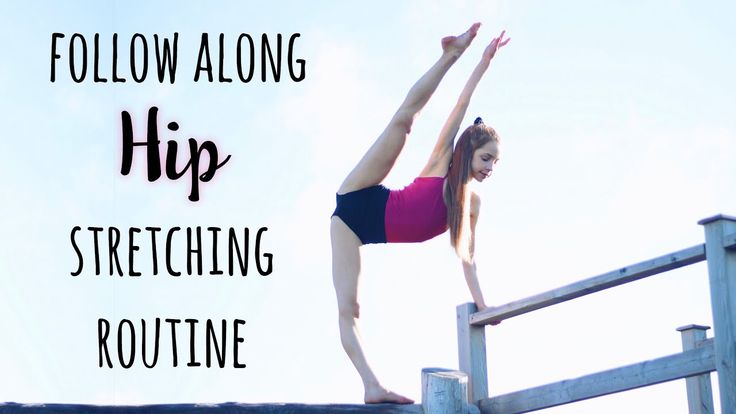 Even if these are the areas in which flexibility is needed - aerial gymnastics, canvases, pylon. At the initial stage, you can not have flexibility and good stretching, but develop it gradually. nine0003
Even if these are the areas in which flexibility is needed - aerial gymnastics, canvases, pylon. At the initial stage, you can not have flexibility and good stretching, but develop it gradually. nine0003
The question here is different. Before engaging in the development of amplitudes, it is important to restore the norms of movement, remove clamps and various compensations in the body. What is compensation? When we move in our daily life not as nature intended, but as we are used to, some of our muscles are activated more, others are not involved at all. We come to the hall, we start to move in the dance, our movement is unnatural due to the fact that our strong muscles are trying to compensate for the work of our weakened muscles. Efforts are distributed incorrectly and exorbitant loads may occur in different parts of the body. It is harmful. nine0003
I train and give students stretching through movement, active stretching, which helps bring the body into natural ranges of motion, engage the right muscles, strengthen them, distribute the load throughout the body.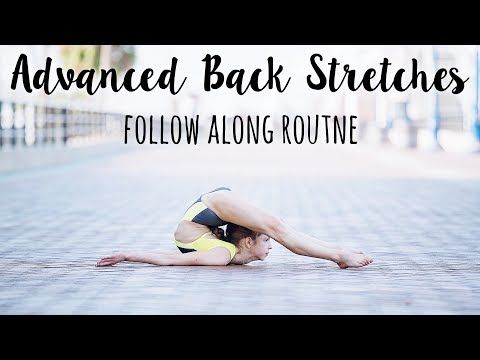 That is why it is very important to combine dancing with stretching. To adjust your body to a healthy, harmonious mode of movement.
That is why it is very important to combine dancing with stretching. To adjust your body to a healthy, harmonious mode of movement.
Artem: It doesn't matter at all to be flexible when you start dancing. Because when you start doing anything, your initial data at the time of the start practically does not matter much. What matters is what you learn along the way. nine0003
I have before my eyes a large number of examples of people who started dancing from scratch and were completely inflexible, non-plastic, non-rhythmic, non-musical, but gradually developed all these qualities.
And the topic “I'm inflexible, so I probably shouldn't start” is either a beautiful explanation not to do, or a kind of unspoken request to the interlocutor to support, cheer, dispel doubts.
“
When you start doing anything, your background at the time of the start is of little importance. What matters is what you learn in process
How important is stretching depending on a particular dance style?
Anastasia: In many directions, already mentioned aerial gymnastics, contemporary and even in ballroom dancing, stretching creates spectacle, opens ranges, expands the possibilities of movements. When you are not closed in any framework, you can impress the audience, the judges. Naturally, flexibility directly affects grace as well, and grace adds a lot to the scores. nine0003
When you are not closed in any framework, you can impress the audience, the judges. Naturally, flexibility directly affects grace as well, and grace adds a lot to the scores. nine0003
When you stretch, you educate your whole body, straighten your posture, shape lines. And even in such directions where super-amplitudes are not needed - for example, vogue, or oriental dances, hand movements, body movements become completely different when you develop flexibility. Movements become qualitatively different, and absolutely everyone notices this. Greater body control, greater precision, isolation, expressiveness.
Different people come to your classes. Tell me, why do they need stretching, what does it give them? nine0205
Anastasia: There are two categories of students. The first is dancers, aerialists (pylon, canvases), who already know why they need flexibility, and then apply it in their dance styles.
The second category is people who start stretching just to be more flexible. They begin to work with their body, begin to feel it softer, more mobile, and already from this state they begin to think how to apply it. And they decide to go either to dance directions, or they want something more extreme, like a pole and canvases. When a person acquires flexibility, he wants to use it. nine0150
“
When a person gains flexibility, he wants to use it
Why do many today want to “sit on the splits”, and not just improve general flexibility? How did it become a fixed idea?
Anastasia: There is a general trend - we all want results. For example, when we do fitness, we immediately want a sculpted body. But we don’t want to sit down 500 times, do push-ups 300 times and work out for six months. nine0003
When people come for stretching, it is important for them to see the final goal: what do I want from stretching. General flexibility is a vague concept and difficult to imagine. It is easier to present goals in specifics. And in specifics, we consider certain composite figures as goals, which for us are a familiar demonstration of flexibility - these are twines, bridges, puffs.
General flexibility is a vague concept and difficult to imagine. It is easier to present goals in specifics. And in specifics, we consider certain composite figures as goals, which for us are a familiar demonstration of flexibility - these are twines, bridges, puffs.
I come to the stretch, I try to imagine the end goal and I imagine the splits. And the reason why they want twine so much is most likely this. We are so accustomed to: in order to develop, we must see the final goal, where we are going. nine0150
Artem: Twine is a spectacular element. And, probably not a fixed idea, but a challenge idea. Moreover, this challenge was thrown a long time ago and came from the idols of the modern adult generation, who showed the world that flexibility is possible not only among ballerinas and gymnasts.
It used to be that twine is a gift from God and natural gifts. But then it turned out that this is not so. The first non-professional media performer of the twine was the Wolf from "Well, just you wait!", Which in issue 15 of 19At the age of 84, he demonstrated a longitudinal ballet split and a stretch. After him was Van Damme "Bloodsport", "Kickboxer", then there were Chuck Norris and Jackie Chan. And so this idea appeared in the minds of the male part of humanity. Interest was fueled by martial artists, karateka, masters of kung fu and yoga.
The first non-professional media performer of the twine was the Wolf from "Well, just you wait!", Which in issue 15 of 19At the age of 84, he demonstrated a longitudinal ballet split and a stretch. After him was Van Damme "Bloodsport", "Kickboxer", then there were Chuck Norris and Jackie Chan. And so this idea appeared in the minds of the male part of humanity. Interest was fueled by martial artists, karateka, masters of kung fu and yoga.
For example, when I was at school, the splits were performed by a man, a biology teacher, he studied in the wushu section, it was 1987, that is, before Van Damme.
At the end of the 90s, it was the turn of women - and in the cinema the splits were performed by Mila Jovovich, Charlize Theron, Uma Thurman. In the same way, at the end of the 20th century, bodybuilding was fashionable as an idea of developing the strength and image of a modern person, just as the idea of twine as a standard of flexibility is now popular. nine0003
What is the twine challenge? The fact that, on the one hand, everyone can come to this if they apply enough patience, discipline and effort, and on the other hand, not everyone can come to this, because they are simply not ready to do anything for this.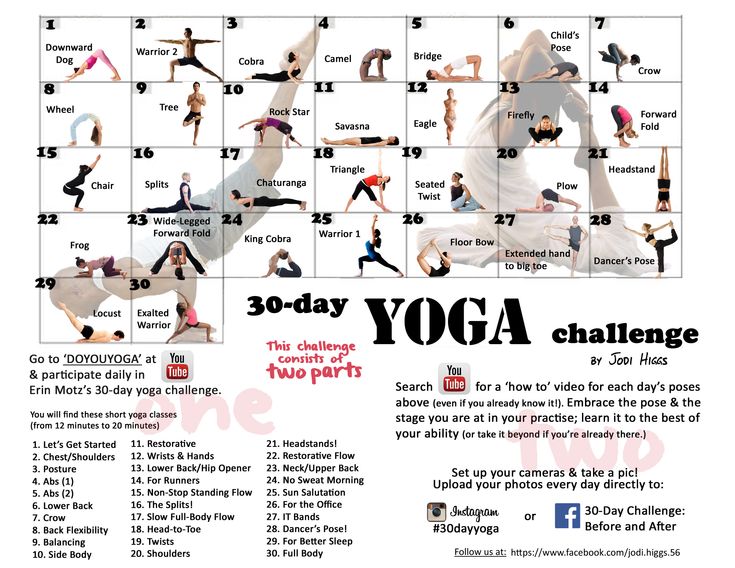 And this cannot be bought with money, but can be achieved only by one's own labor.
And this cannot be bought with money, but can be achieved only by one's own labor.
Today, twine is available to everyone, and I think that this is wonderful, because what used to be literally beyond the limits of human abilities, today has become possible and accessible to the most ordinary people thanks to the accumulated experience and modern knowledge about the human body. nine0150
“
It used to be that twine was a gift from God and natural gifts. But then it turned out that this is not so
Why is the idea of developing general flexibility less popular than the idea of twine?
Artem: I wouldn't say that. She is less specific. I would say that the split is an understandable, measurable and spectacular visualization. And an emotional reason to start improving yourself, your body, to improve. And when a student comes and plunges into the topic, then, as a rule, interest in twine is quickly replaced by other, more valuable interests and practical applications of these abilities, which are difficult to explain to an uninitiated person. Therefore, the twine remains the hallmark of the development of flexibility. nine0003
People more often come to the idea of developing flexibility as such at an older age, after they lose their former flexibility. And we have about half of these students. They don't need twine. They want to fully move and enjoy life.
Is it possible for everyone to stretch, or are there any limitations in terms of physiology or age?
Anastasia: Everyone can sit on the longitudinal twine, joints may not allow the transverse twine. But if we are talking about general flexibility, about the normal functioning of the body - this is available to everyone, and I would strongly recommend stretching for everyone. nine0003
Yes, maybe we have some kind of articular restrictions that will not allow us to “sit down” on the transverse or limit our limit in minus longitudinal ones, but it doesn’t matter.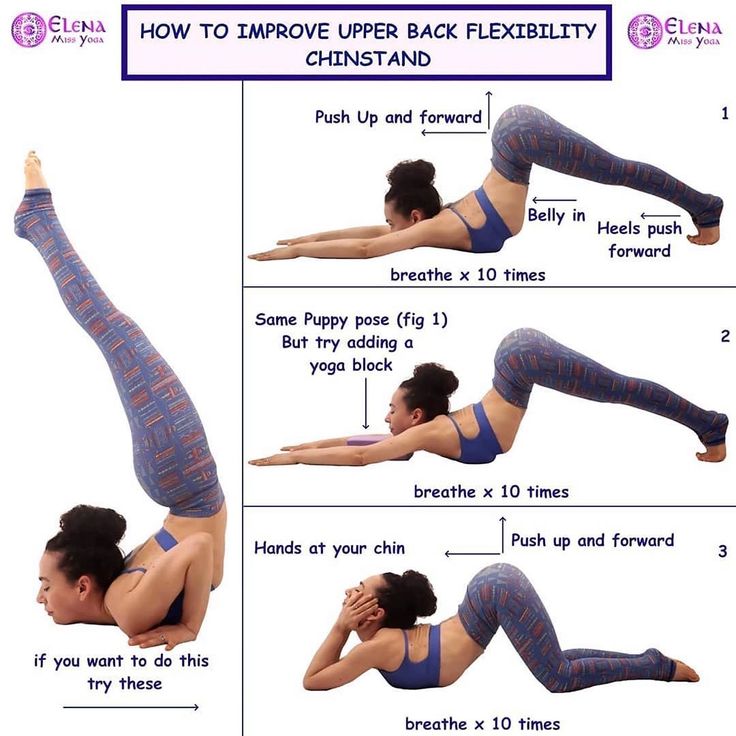 Because flexibility is not only splits right, left and transverse. Flexibility is a very multifaceted quality, and here you can develop in many directions. And there are even no contraindications for practicing reasonable stretching, especially stretching through the movement of the body, with the restoration of normal working amplitudes and norms of movement, which are absent due to the fact that we do not use our body as it is basically intended. nine0150
Because flexibility is not only splits right, left and transverse. Flexibility is a very multifaceted quality, and here you can develop in many directions. And there are even no contraindications for practicing reasonable stretching, especially stretching through the movement of the body, with the restoration of normal working amplitudes and norms of movement, which are absent due to the fact that we do not use our body as it is basically intended. nine0150
“
Everyone can sit on the longitudinal split
How important is flexibility in everyday life, outside of dance and sports?
Artem: Let's remember what flexibility is? This is the ability to make movements with maximum amplitude. We do not think about it when we are young, flexible, mobile and used to the fact that any movement is available to us by default. The child does not understand the importance of flexibility when he calmly takes his foot in his mouth or puts it behind his head, sits in Turkish or "bent over three deaths" at the desk.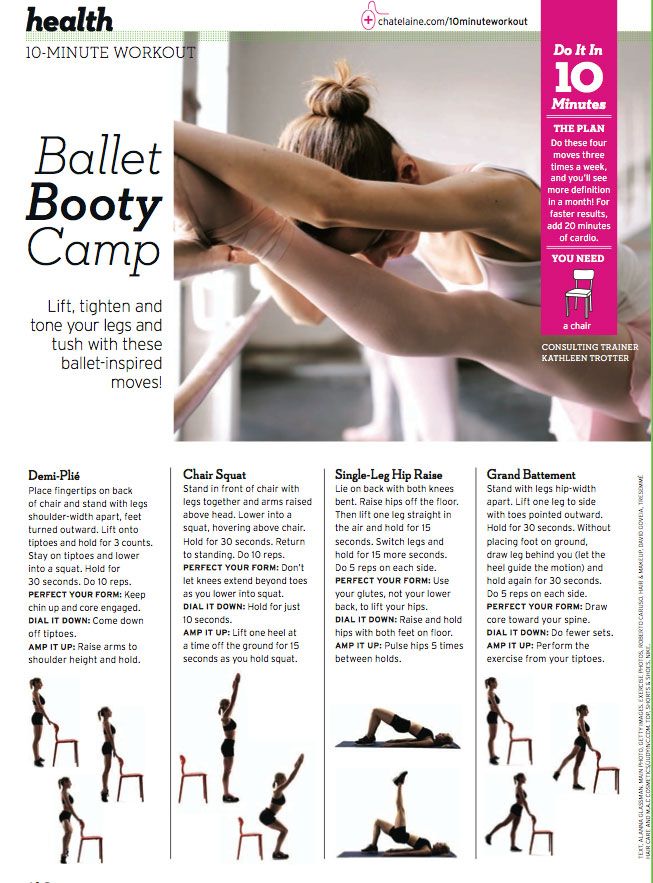 He has it by default from birth, and he does not know how to do it differently. nine0003
He has it by default from birth, and he does not know how to do it differently. nine0003
But due to various circumstances, flexibility fades over time. Sedentary lifestyle, generally low physical activity, injuries, illnesses, etc. And at some point, as they say, "bang - and you're a tree." Someone at 14, someone at 40, someone at 60. And a person often thinks about the importance of flexibility only after he loses it. For example, when he cannot raise his hand to turn off the light in the room, or raise his leg to put it in his pants.
Someone puts up with it, says at the age of 30 “old age is not a joy” and turns into a young old man or a young old woman. He continues to cherish his bad hypodynamic habits, endure pain, learns to live with pain, adapts to it, and by 50 he finally curls up into a bagel. nine0150
“
The child does not understand the importance of flexibility when he calmly puts his foot behind his head, sits in Turkish or “bent over three deaths” at a desk. He has it by default from birth, and he does not know how to do it differently
He has it by default from birth, and he does not know how to do it differently
Before the invention of antibiotics, at 40-45 years old, a person was already considered an old man, and people lived 50-60 years. Now we are told the average duration is 80-90 years, and in the near future 100-120. And it's not science fiction. I visit my parents, they are already retired. And I say hello to their neighbors who are at least 15-20 years older and who were old when I went to school... 90 years is the reality of today.
And someone wants to remain young, active and mobile until old age. And the very idea is unacceptable to him that at 60-65 he will cease to be able to independently raise his hands up and then for 35 years he will ride in a wheelchair or walk with a walker.
Therefore, for example, WHO has long recommended that adults, in addition to daily activities and work, engage in physical activity of at least 75 minutes a week - aerobic exercise and strength exercises.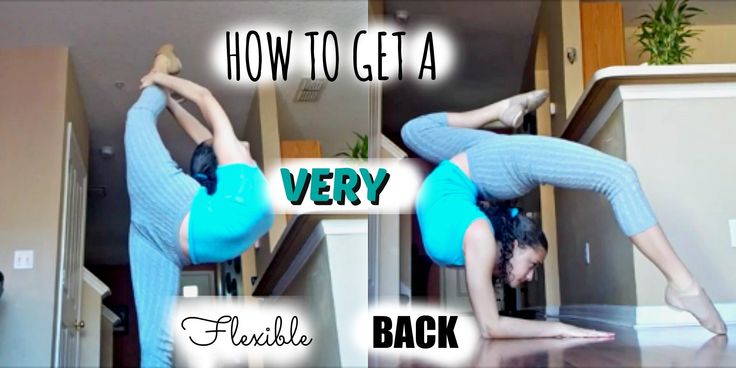 For additional health benefits - up to 300 minutes per week. And after 65, be sure to add exercises to develop flexibility and coordination to your workouts. Look around. By the age of 60-65, many people in the cities are no longer capable of any exercise, they would have to walk to the store, groaning on painkillers. Not to mention the development of flexibility. nine0003
For additional health benefits - up to 300 minutes per week. And after 65, be sure to add exercises to develop flexibility and coordination to your workouts. Look around. By the age of 60-65, many people in the cities are no longer capable of any exercise, they would have to walk to the store, groaning on painkillers. Not to mention the development of flexibility. nine0003
And among people who are dancing or active, I see a different picture - I see vigorous 80-year-old women dancing flamenco and doing yoga, I see 85-year-old men who ride scooters, go hiking, rafting on rafts.
Therefore, the issue of maintaining and developing flexibility as a healthy habit - the same as brushing your teeth - is a question of the quality of all life. And it is better to start doing it now, "so that later it would not be excruciatingly painful." Moreover, it is much more interesting than brushing your teeth. It's a matter of choice. The choice between pain and suffering, or happily ever after.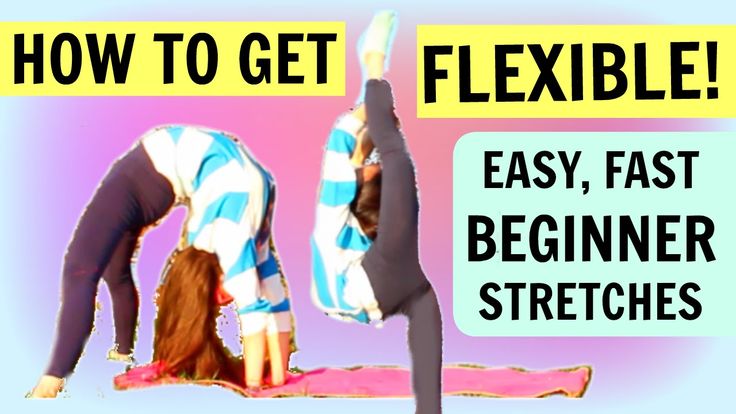
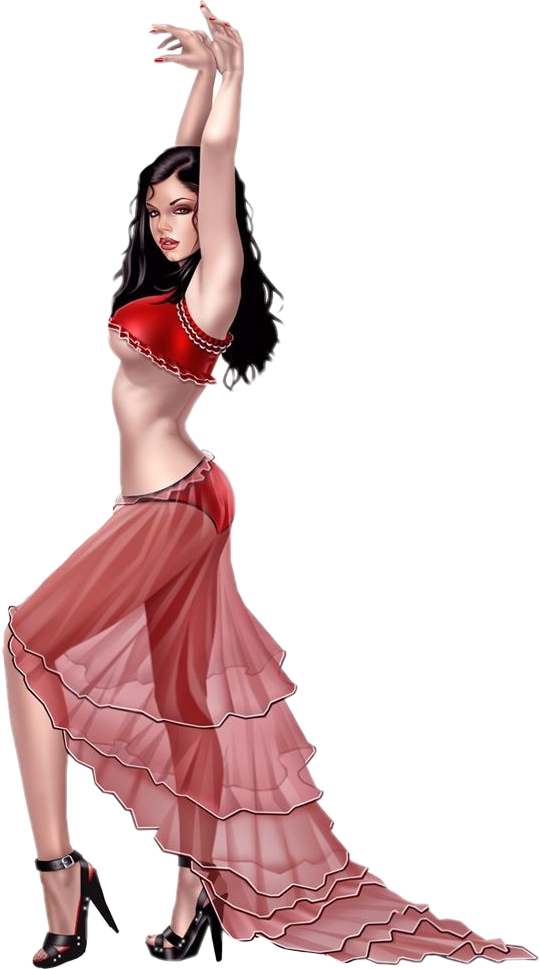
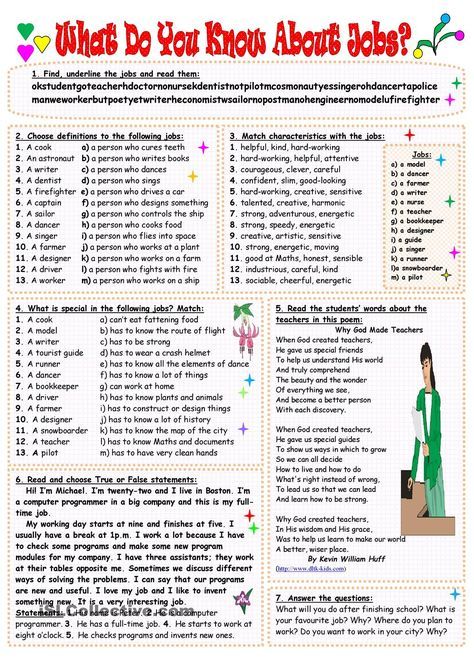

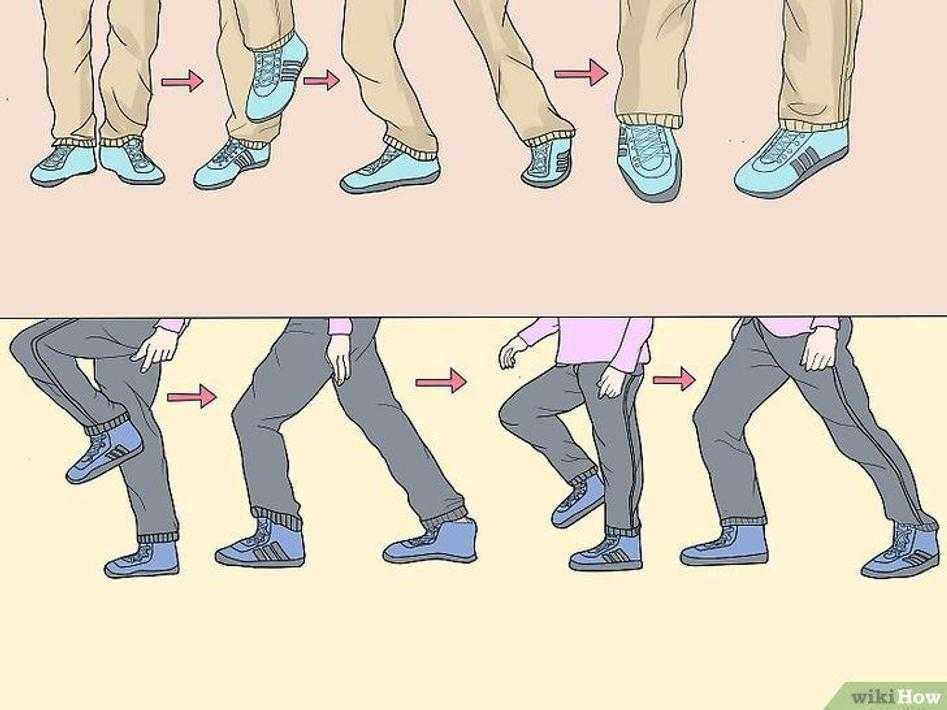



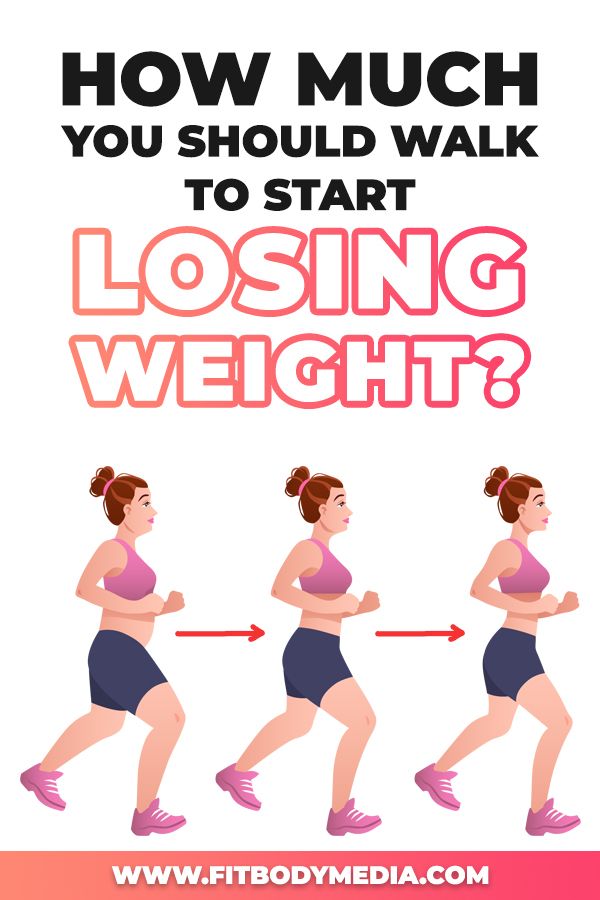
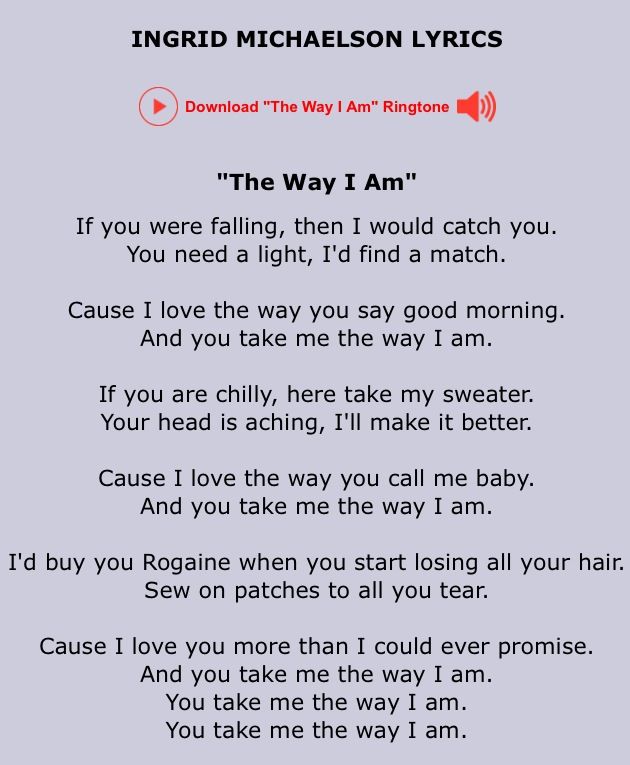

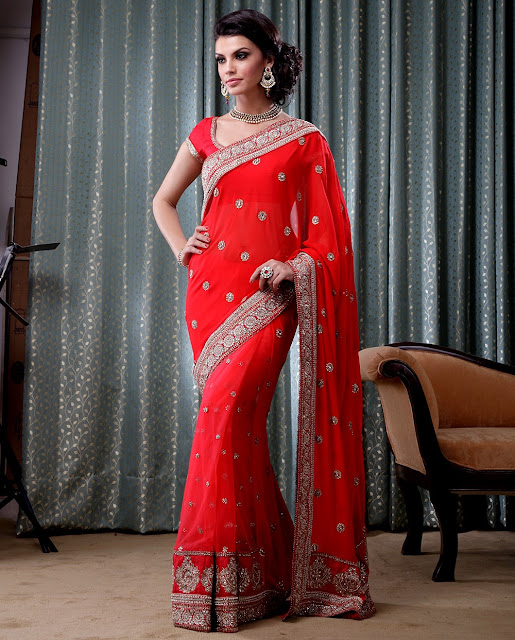.jpg)
